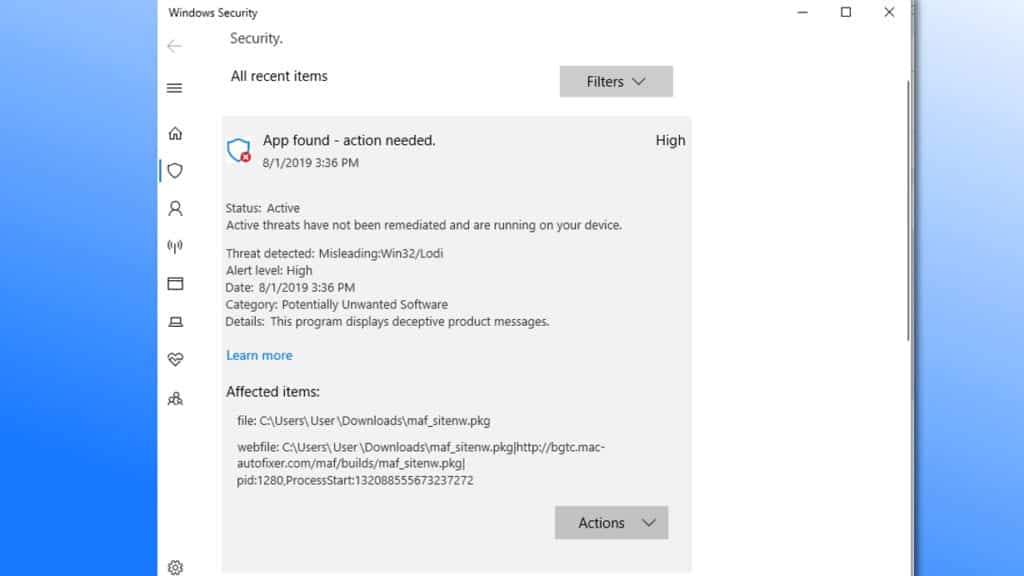Installation Of Auto For Mac

How to get updates for macOS Mojave or later
How to Install and Uninstall Software on a Mac. Mac installation files are named.dmg,.pkg, or.zip. If it’s a zip file, this will unpack the zip automatically into its own folder. Hi, I'm an italian architecture student. I had some problem with my version of auto cad 2016 for mac, so I downloaded the new version of 2017 for mac but is not working at all, it told me that it's impossible to finalise the installation because of a problem in my computer (but it doesn't specify what it is).
If you've upgraded to macOS Mojave or later, follow these steps to keep it up to date:
- Choose System Preferences from the Apple menu , then click Software Update to check for updates.
- If any updates are available, click the Update Now button to install them. Or click ”More info” to see details about each update and select specific updates to install.
- When Software Update says that your Mac is up to date, the installed version of macOS and all of its apps are also up to date. That includes Safari, iTunes, Books, Messages, Mail, Calendar, Photos, and FaceTime.
To find updates for iMovie, Garageband, Pages, Numbers, Keynote, and other apps that were downloaded separately from the App Store, open the App Store on your Mac, then click the Updates tab.
To automatically install macOS updates in the future, including apps that were downloaded separately from the App Store, select ”Automatically keep my Mac up to date.” Your Mac will notify you when updates require it to restart, so you can always choose to install those later.
How to get updates for earlier macOS versions
If you're using an earlier macOS, such as macOS High Sierra, Sierra, El Capitan, or earlier,* follow these steps to keep it up to date:
- Open the App Store app on your Mac.
- Click Updates in the App Store toolbar.
- Use the Update buttons to download and install any updates listed.
- When the App Store shows no more updates, the installed version of macOS and all of its apps are up to date. That includes Safari, iTunes, iBooks, Messages, Mail, Calendar, Photos, and FaceTime. Later versions may be available by upgrading your macOS.
To automatically download updates in the future, choose Apple menu > System Preferences, click App Store, then select ”Download newly available updates in the background.” Your Mac will notify you when updates are ready to install.
* If you're using OS X Lion or Snow Leopard, get OS X updates by choosing Apple menu > Software Update.
How to get updates for iOS
Learn how to update your iPhone, iPad, or iPod touch to the latest version of iOS. Create an env file for mac.
Learn more
/OneDriveSierra-58bc93173df78c353c4cbe8f.jpg)
- Learn how to upgrade to the latest version of macOS.
- Find out which macOS your Mac is using.
- You can redownload apps that you previously downloaded from the App Store.
- Your Mac doesn't automatically download large updates when it's using a Personal Hotspot.
Please make sure that your Mac is not configured to automatically install operating system (OS) updates. Since Apple recently released a major update to the Mac operating system, now is a good time to make sure your Mac doesn’t automatically install this update. The reason why I advocate this position is that major updates often introduce significant changes to how things look and operate. Additionally, some of your applications or peripherals may not be fully compatible with the new operating system. Most people do not want to unexpectedly have to learn a new way of doing things or deal with the inconvenience of a critical application not working properly.
In previous Tech Tips I write about when one should install major updates and how to do it. I do not feel that everybody needs to install every major update to the Mac operating system. If you do choose to install every major update, I don’t recommend doing it until a couple of months, or more, after it’s released. Instead, I think it is often sufficient to install every other or possibly every third major update. For these reasons, I encourage you to make sure your Mac is not configured to automatically install OS X updates. Here’s what you need to do.
- Click on the Apple menu and select System Preferences
- Click on the App Store icon.
- Uncheck, if needed, the box labeled Install OS X Updates, as shown in the image below. This image was taken on a Mac running OS X El Capitan (aka OS X 10.11). Please be aware that the options listed in the App Store’s system preferences might vary slightly on different versions of OS X.